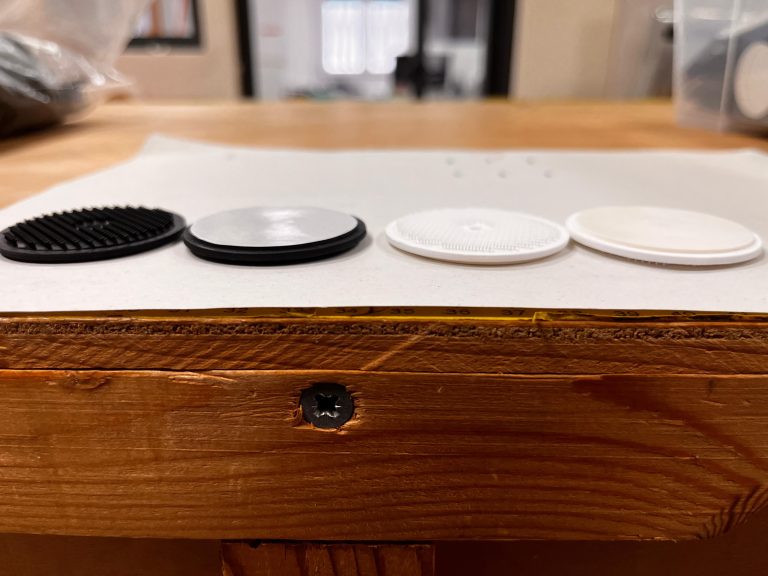What relationships link the Marine industry to the world of building design and construction? Let’s see the points of contact between these two realities, which are only seemingly distant
.
Within the SAIE exhibition, dedicated to the world of construction [see box at the end], you can find exhibitions, workshops, lectures, and presentations on a wide range of topics related to the world of construction and architecture.
These events offer attendants solutions and opportunities to learn, connect with industry professionals, discover new products and innovative solutions, and discuss relevant issues in construction.

CONSTRUCTION AND BOATING
The intersection of construction and boating is a fascinating combination that unites two seemingly distant worlds, but they share some striking similarities.
This connection is evident in several areas:
- Innovative materials
Advanced materials and cutting-edge technologies are used in both areas. In modern construction, reinforced concrete, structural steel, and tempered glass are used to create strong and efficient buildings. Lightweight and strong materials such as fiberglass, carbon, and aluminum are used in boating to build boats that are strong, stable, and fast.
- Architectural and naval design
Both architects and naval designers are dedicated to creating structures that are functional, aesthetically pleasing, and able to withstand environmental conditions. Attention to form, stability, and durability is crucial for buildings as well as boats.
- Sustainability
Both sectors are increasingly moving toward sustainability. In construction, there are efforts to design buildings with low energy consumption and recyclable materials. In boating, ships are increasingly being built with a focus on energy efficiency and reduced environmental impact.
- Trend toward custom design
In both construction and boating, there is a growing demand for custom designs. In the first field, this results in custom-made houses and unique architectural designs. In the second one, customers often want customized boats that reflect their lifestyle and specific needs.
- Digital Technologies
3D modeling, computer-aided design (CAD), and virtual simulation have become an integral part of building and ship design. These technologies enable design optimization, performance prediction, and cost reduction.
In summary, construction and boating are more related than one imagines: both sectors require creativity, innovation, and a deep understanding of design and construction challenges. The fusion of these two worlds can lead to extraordinary solutions, such as floating architecture, which exploits the similarities between these fields to create unique and fascinating works.

CONSTRUCTION AND PORTS
The interaction between construction and the tourist port is an even more interesting focus, bringing these two sectors together in unique and fascinating ways.
Such synergy offers opportunities for design and development on both land and water, leading to amazing innovations:
- Coastal architecture
Coastal areas offer an ideal opportunity to explore the intersection of building and marine. Architects can design houses and structures that are perfectly adapted to the marine environment, with a focus on weather and tidal resistance. These dwellings can also incorporate elements such as docks, ramps, and spaces for boat anchoring.
- Marinas and Marine Facilities
The design of marinas and marine facilities requires expertise in construction and marine. Such projects include piers, floating docks, service buildings, and entertainment facilities. The goal is to create functional and aesthetically pleasing spaces to accommodate recreational vessels and provide services to boaters.
- Floating buildings
The concept of floating buildings is gaining popularity. These innovative building projects can range from floating restaurants and hotels to actual floating houses. By taking advantage of floating foundation technology, such buildings can adapt to marine conditions in a sustainable way.
- Urban regeneration and waterfronts
Many cities are seeking to redevelop waterfront areas, transforming former industrial ports into public and residential spaces. Here, architecture can combine building and marine elements to create unique and attractive environments. Such projects often include waterfront promenades, bike paths, parks, and residences with panoramic water views.
- Environmental sustainability
The interconnection of building and marine industries can promote sustainable architectural designs. The use of green technologies such as solar and wind power and water recycling systems can help preserve surrounding marine ecosystems.
CONCLUSIONS
So, construction and the marine world offer many opportunities for innovation and creative design. The challenge lies in integrating the specific needs of both sectors to create designs that are functional, durable, and environmentally friendly.
The interaction between these two worlds continues to inspire unique and evocative projects that unite land and sea in fascinating ways.
It is an event designed to bring together construction industry professionals, architects, engineers, designers, and construction companies in order to showcase the latest technologies, materials, and trends in construction and architecture.
The next edition will be held on October 9-12, 2024, in Bologna, Italy.








